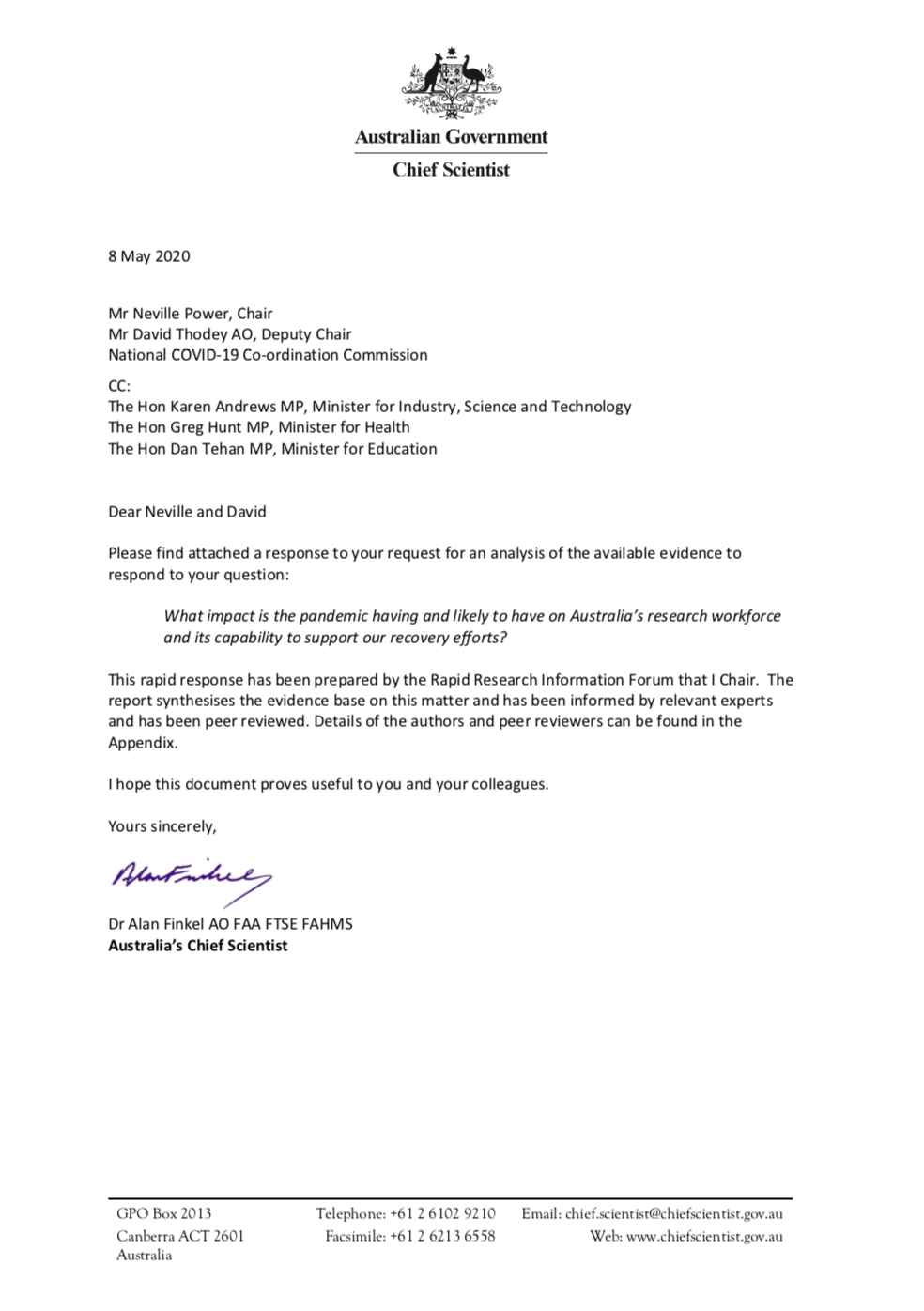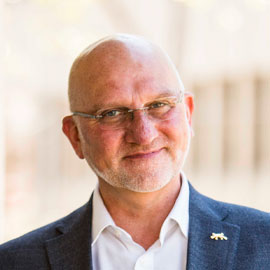Impact of the pandemic on Australia’s research workforce
This rapid research brief synthesises the evidence on the impact the pandemic is having and likely to have on Australia’s research workforce and its capability to support our recovery efforts.
Key findings:
- Australia’s research workforce will be severely impacted by the pandemic and the effects are likely to be felt for an extended period.
- Income to universities, medical research institutes, publicly funded research agencies, CRCs, and the industrial sector is suffering from the loss of foreign students and a sharp decline in business research spending and philanthropy.
- To try and make ends meet as budgets contract, universities are reducing the number of casual teachers and increasing the teaching loads of permanent staff, further limiting their research capacity.
- These impacts are greater than during the 2008 global financial crisis and are being observed internationally.
- University job losses of up to 21,000 full time equivalent (FTE) positions are projected over the next six months of which an estimated 7,000 could be research-related academic staff. There are concerns that women, early-career researchers and recent graduates will disproportionately experience negative impacts.
- Domestic and international post-graduate students comprise 57% of the university R&D workforce. Research interruptions and travel and visa restrictions suggest that more than 9000 international research students will not resume their research in 2020.
- Industry sectors may experience a reduced capacity to innovate given that universities perform approximately 43% of all applied research in Australia.
- A decline in innovation may limit economic growth by slowing the development of new technology, skills, and efficiency gains in service and production processes.









